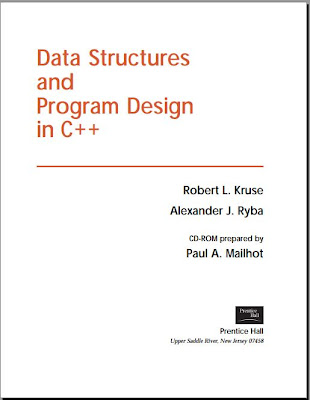functions and complete programs of substantial length. The exercises and pro-
gramming projects, moreover, constitute an indispensable part of the book. Many
of these are immediate applications of the topic under study, often requesting that
programs be written and run, so that algorithms may be tested and compared.
Some are larger projects, and a few are suitable for use by a small group of students
working together.
Our programs are written in the popular object-oriented language C++. We
take the view that many object-oriented techniques provide natural implemen-
tations for basic principles of data-structure design. In this way, C++ allows us
to construct safe, efficient, and simple implementations of data-structures. We
recognize that C++ is sufficiently complex that students will need to use the ex-
perience of a data structures courses to develop and refine their understanding
of the language. We strive to support this development by carefully introducing
and explaining various object-oriented features of C++ as we progress through the
book. Thus, we begin Chapter 1assuming that the reader is comfortable with the
elementary parts of C++ (essentially, with the C subset), and gradually we add
in such object-oriented elements of C++ as classes, methods, constructors, inheri-
tance, dynamic memory management, destructors, copy constructors, overloaded
functions and operations, templates, virtual functions, and the STL. Of course, our
primary focus is on the data structures themselves, and therefore students with
relatively little familiarity with C++ will need to supplement this text with a C++
programming text.


No comments:
Post a Comment